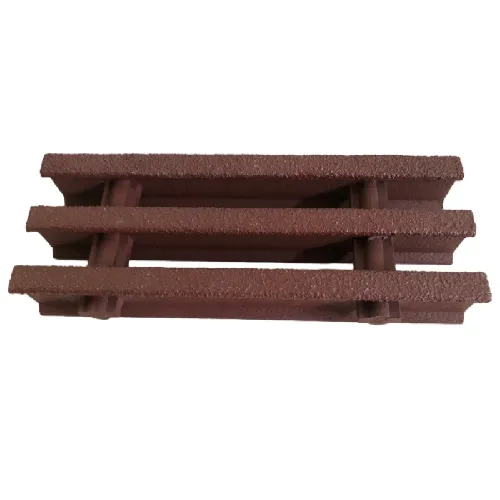loading...
- No. 9, Xingyuan South Street, Dongwaihuan Road, Zaoqiang County, Hengshui, Hebei, China
- admin@zjcomposites.com
- +86 15097380338
- Welcome to visit our website!
Top Fiberglass Rod Manufacturers Leading Innovations in Durable Composite Materials for Various Applications
The Role of Fiberglass Rod Manufacturers in Modern Industry
Fiberglass rods, ubiquitous in various industries, are known for their remarkable properties, including high strength-to-weight ratio, corrosion resistance, and electrical non-conductivity. These attributes make them ideal for applications in construction, telecommunications, and specialized manufacturing. The role of fiberglass rod manufacturers is pivotal in providing high-quality materials that meet the evolving demands of diverse sectors.
The Manufacturing Process
The production of fiberglass rods involves several critical steps that ensure the final product meets rigorous standards. Initially, raw materials such as glass fibers are combined with resins to create a composite material. This mixture is then processed through methods such as pultrusion or filament winding, which shape the material into rods of desired lengths and diameters. With advancements in technology, manufacturers are now able to produce rods with enhanced properties, such as UV resistance and increased tensile strength. Quality control is paramount in this process; manufacturers implement stringent testing to ensure that each rod can withstand the specific conditions it will face in its intended application.
Diverse Applications
Fiberglass rods serve a myriad of industries, each with unique demands. In the construction sector, they are often used as reinforcement bars in concrete structures. Their lightweight nature simplifies handling and installation while providing the strength needed to support heavy loads. In telecommunications, fiberglass rods are essential in the deployment of communication lines. Their non-conductive properties make them perfect for use in environments where electrical interference must be minimized.
Additionally, fiberglass rods are increasingly being utilized in the renewable energy sector, specifically in the construction of wind turbine blades and solar panel supports. These applications leverage the material's durability and resistance to environmental factors, contributing to the development of efficient and sustainable energy solutions.
Innovation and Sustainability
fiberglass rod manufacturers

As industries become more environmentally conscious, fiberglass rod manufacturers are responding by innovating new materials and production processes. Many are exploring the use of recycled materials in their composite formulations, reducing waste and the environmental impact of production. Furthermore, advancements in manufacturing technologies allow for more precise and efficient production, minimizing energy usage and enhancing sustainability.
In addition, manufacturers are investing in research and development to create rods that meet new regulatory standards while satisfying consumer demands for higher performance. This focus on innovation not only elevates product quality but also positions manufacturers as leaders in a competitive market.
Challenges in the Industry
Despite the numerous advantages of fiberglass rods, manufacturers face challenges, including fluctuating raw material prices and competition from alternative materials such as carbon fiber and metal. These challenges necessitate strategic planning and adaptability. Manufacturers must stay informed about market trends and technological advancements to remain competitive.
Furthermore, educating end-users about the benefits of fiberglass rods and their applications is vital for expanding market reach. Many industries are still unaware of the advantages offered by fiberglass compared to traditional materials, creating an opportunity for manufacturers to showcase their products’ benefits.
Conclusion
Fiberglass rod manufacturers play a crucial role in supplying essential materials across various sectors. Their commitment to quality and innovation ensures that industries can rely on fiberglass rods for a wide range of applications. As sustainability and technology continue to shape the market landscape, these manufacturers are poised to lead the way in providing innovative solutions that meet current and future demands. In doing so, they not only contribute to the efficiency and effectiveness of industries but also to a more sustainable future.
-
The Rise of FRP Profiles: Strong, Lightweight, and Built to LastNewsJul.14,2025
-
SMC Panel Tanks: A Modern Water Storage Solution for All EnvironmentsNewsJul.14,2025
-
GRP Grating: A Modern Solution for Safe and Durable Access SystemsNewsJul.14,2025
-
Galvanized Steel Water Tanks: Durable, Reliable, and Ready for UseNewsJul.14,2025
-
FRP Mini Mesh Grating: The Safer, Smarter Flooring SolutionNewsJul.14,2025
-
Exploring FRP Vessels: Durable Solutions for Modern Fluid HandlingNewsJul.14,2025
-
GRP Structures: The Future of Lightweight, High-Performance EngineeringNewsJun.20,2025
